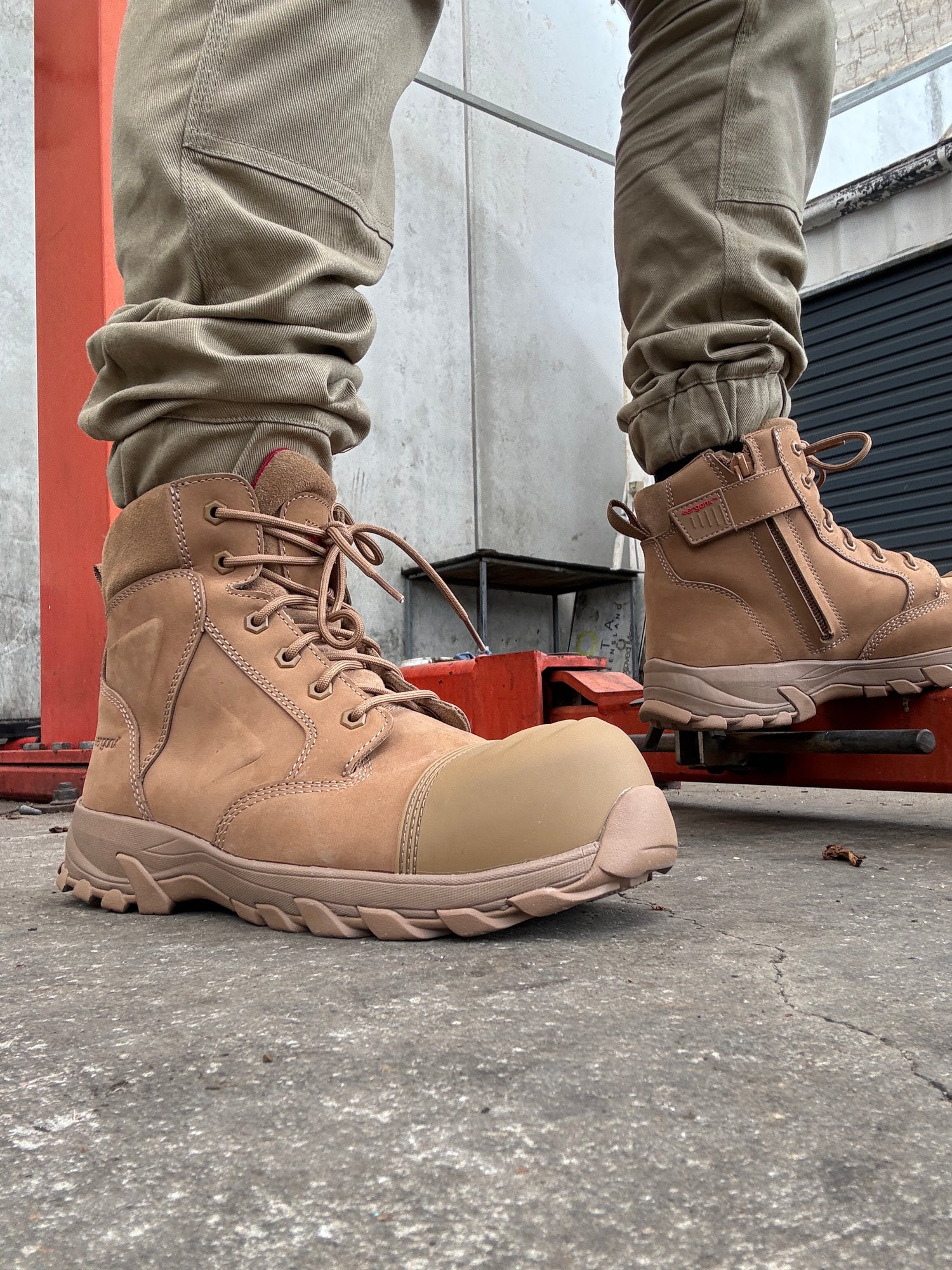HOME / ORTHOTIC INSOLES / HOW TO CHOOSE THE BEST INSOLES
Working in physically demanding industries, such as construction, can be incredibly tough on the body. Long hours spent on tough terrain can leave you feeling tired and drained. It's no wonder that foot pain and leg pain are common concerns among individuals in these fields.
Luckily, there is a solution that can help alleviate discomfort and improve overall foot health—orthotic insoles.

How do orthotics help alleviate foot pain?
Orthotic insoles are prescribed by podiatrists to treat and prevent foot problems. These can include conditions like plantar fasciitis (inflammation of the plantar fascia), flat feet, and diabetic foot ulcers. They are also often used to add some extra cushioning and arch support.
The goal of orthotic inserts is to reduce the workload on the muscles responsible for stabilizing your feet. Think about it: when you're walking on uneven surfaces like gravel or sand, your feet are constantly shifting and adjusting to maintain balance. This puts a lot of strain on the muscles trying to control these movements. By providing support and shock absorption, insoles help to lessen the load, reduce fatigue, and prevent muscle overuse.

How to choose the right type of insoles
Work boot insoles have become increasingly popular as more and more workers become aware of their many benefits. Their ability to enhance comfort and improve foot health can have a significant impact on overall well-being.
When it comes to choosing an orthotic, there are several factors you should keep in mind:
Getting help from an expert
If you're experiencing significant discomfort or have been suffering from a condition for some time, it is best to consult a healthcare professional. A podiatrist or orthopedic specialist can complete a thorough examination of your specific foot needs. They'll be able to pinpoint any foot issues you may have, such as flat feet, high arches, or plantar fasciitis. Furthermore, they will be able to make informed suggestions regarding the type of insole that is best for you. Common orthotic types include: over-the-counter orthotics, custom orthotics, heat moldable insoles, and sport-specific insoles.

Having an appropriate amount of arch support
Our feet have arches on both the inside and outside edges. While many people are familiar with the arch on the inside of the foot (medial side), the importance of also supporting the arch on the outer side (lateral side) is often underestimated. Supporting both arches helps to maintain proper alignment. This prevents excessive rolling of the feet during movement. Your orthotics should be taking some of the load off of your muscles and allowing you to work more comfortably throughout the day.

Different materials serve different functions
Orthotic insoles are constructed with various materials, each with its own unique properties. The choice of material affects feel, weight, and durability. Opt for a pair that complements your foot support system and your comfort preferences. Individuals with flat feet or collapsed arches can typically benefit from a semi rigid structure, a deep heel up, and cushioned arch support.
Finding the right fit and size
Pay attention to the fit and size options available for the insole. Manufacturers may provide a range of sizes to fit different shoe sizes, some of which can be trimmed to better fit the foot. For support and cushioning that covers the entire foot, we usually recommend full length insoles.
It starts with the right work boots
The effectiveness of insoles is enhanced when paired with a high-quality work boot. Look for boots that are recommended by podiatrists and other healthcare professionals. These types of boots are more likely to prioritize foot comfort and health.


